


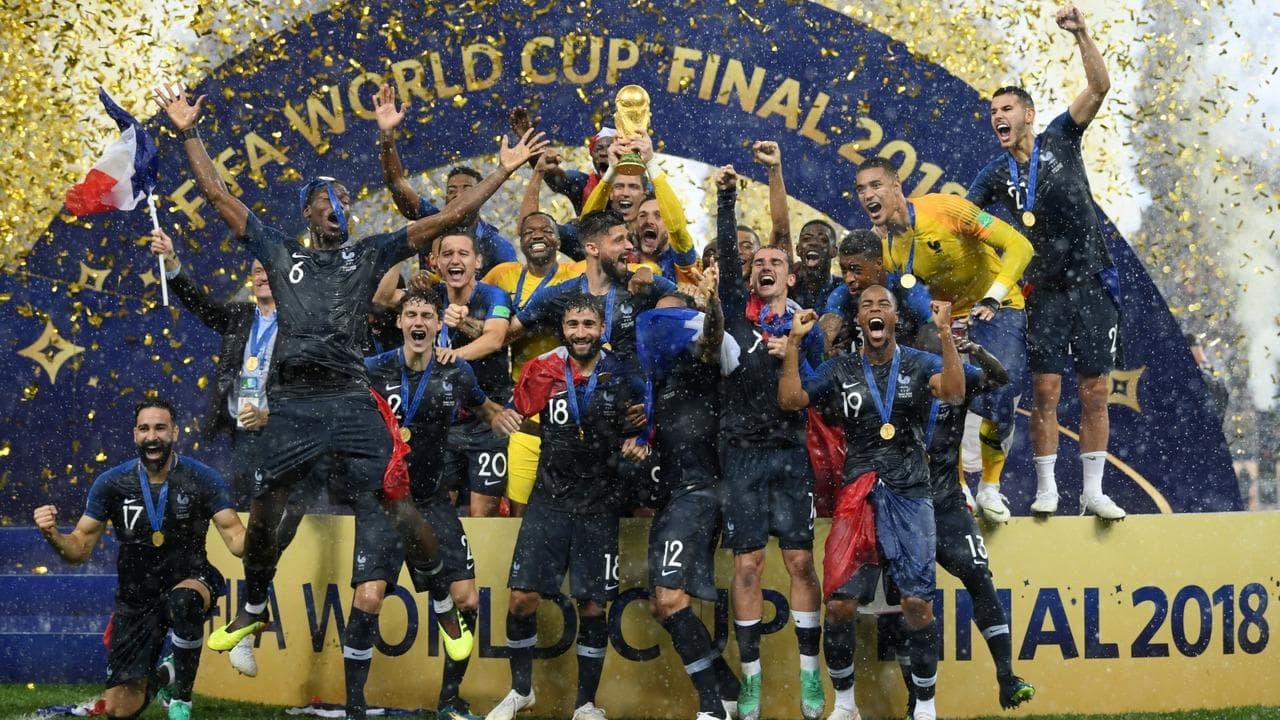
The most important feature of the 2018 World Cup, which we follow enthusiastically, is the use of technology. The VAR VAR system an, which is being implemented in our country this year, is one of the best examples of technology’s ability to change all habits.
The FIFA World Cup in Russia, both on and off the field, made a huge impact, especially with GPS, location technology and photogrammetry.
Now let’s go not so much 4 years ago, date 13 July 2014. FIFA World Cup finals. Argentina and Germany, 112 until the minute had been the scene of a contention-free contention. A minute later, 23-year-old Andre Schurrle’nin Mario Gotze who made the perfect assessment of the middle of the cup took the country to the cup.
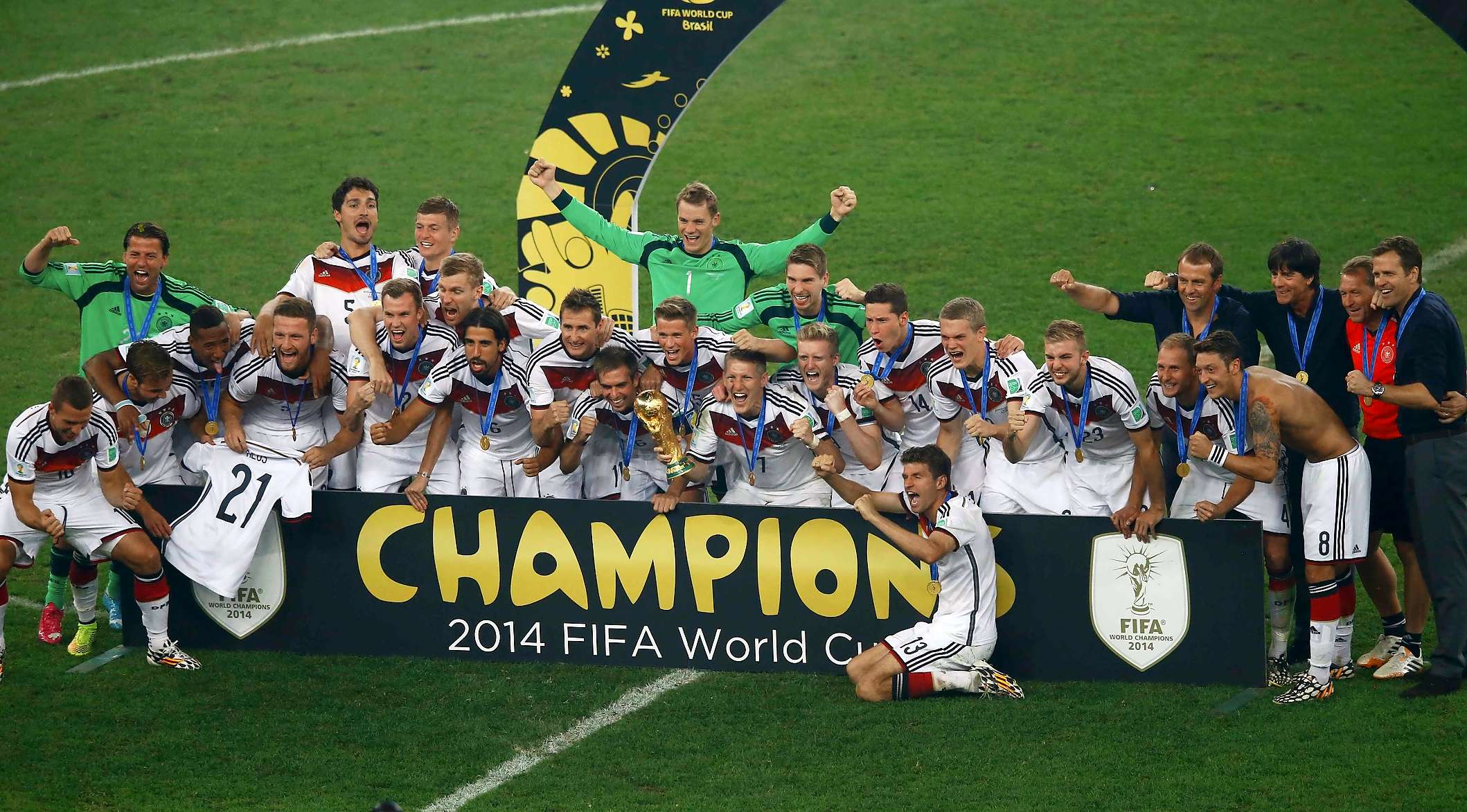
German trainer Joachim Low started to look like a genius at the end of the cup. What many people did not know, however, was that Low was taking advantage of technology. As part of their pre-World Cup training, the German team wore GPS-assisted devices to track everything from players’ position speed, distance, heart rate, among other standard preparations. The data was then analyzed to see exactly how well each athlete was performing, and this information was used to plan the team’s future strategies. So in just four years Joachim Low has become one of the most hated men in Germany today. The answer is simple, the technology that made Low yesterday a hero today is easily accessible to every team’s manager.
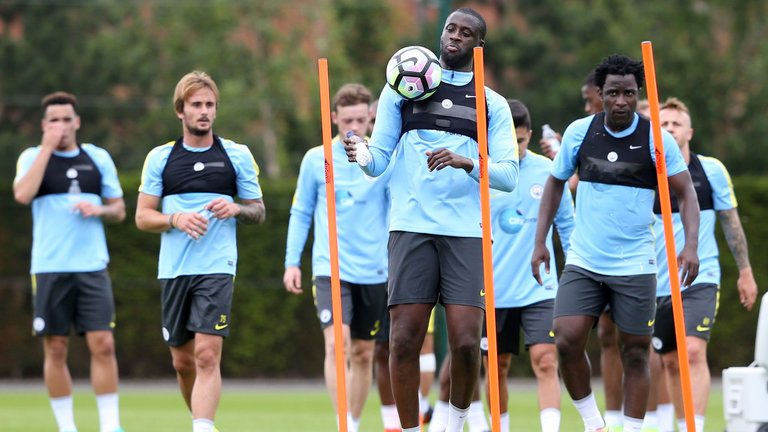
Electronic performance monitoring systems
GPS-based wearable devices have been used in different sports for some time, but until recently it was not allowed in competitive sports, including the previous World Cup in Brazil. In February 2015 alone, the International Football Association Board approved the use of just-in-time electronic monitoring for that year’s Women’s World Cup in Canada. In March 2018, just three months before the World Cup in Russia, FIFA allowed electronic pairing of performance and monitoring systems. Team analysts were allowed to transfer data and communicate with coaches throughout the match. With the help of tablets, each team was able to obtain real-time information about player performances and positional data (subject to a 30-second delay) and steer the game through these parameters.
GPS-based wearable devices; whether it’s a shirt, watch or any other sensor in the players’ body – records hundreds of data per second – some of them: player position, positioning speed, team play, heart rate, kick sensitivity, irritability, etc. By running this data on analysis platforms, coaches can design team strategies, physical exercise sessions, and so on based on the demands of team players’ positions. GPS can also monitor game fatigue by showing the difference between the highest running intensities in the first and last 15 minutes of the game. This data can show player fatigue and team condition. Teams, including Germany, Brazil, Portugal, Belgium, England, Poland, Denmark and Morocco, were using STATSports technology during the World Cup, a black compression vest worn under normal form. Various other teams used a number of other products from companies such as Catapult, Zepp, FieldWiz.
Goal Line Technology
One of the highlights of the World Cup is goal line technology or GLT (Goal Line Technology), which uses technology to determine whether the ball crosses the target line. This information then reports the result via a special watch worn by the referee to respond immediately.
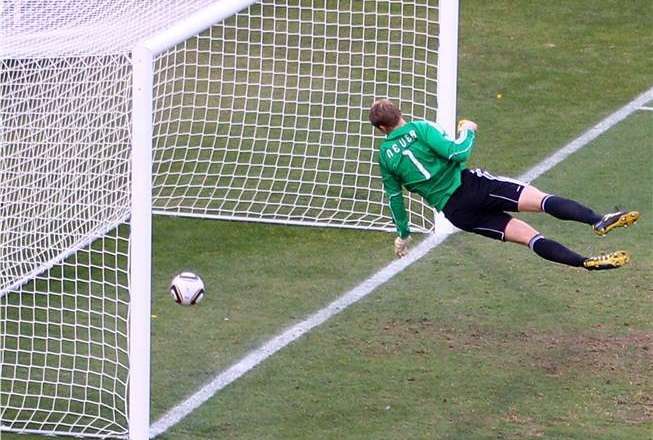
Compared to the use of similar technology in other competing sports, “GLT” was approved in July 2012 provided that it did not interfere with the game. Following this, the technology was adopted for use in FIFA Word Cup 2014 in Brazil. There are two types of “GLT” – “Camera-based” and “Magnetic field based”.
Camera Based
FIFA currently uses GoalControl technology for World Cups. There are 14 high-speed cameras around the site, and there are seven cameras focused on each target to pinpoint the exact location around that area. A software then analyzes all the photos to determine if the ball crosses the target line. This all happens in a second!
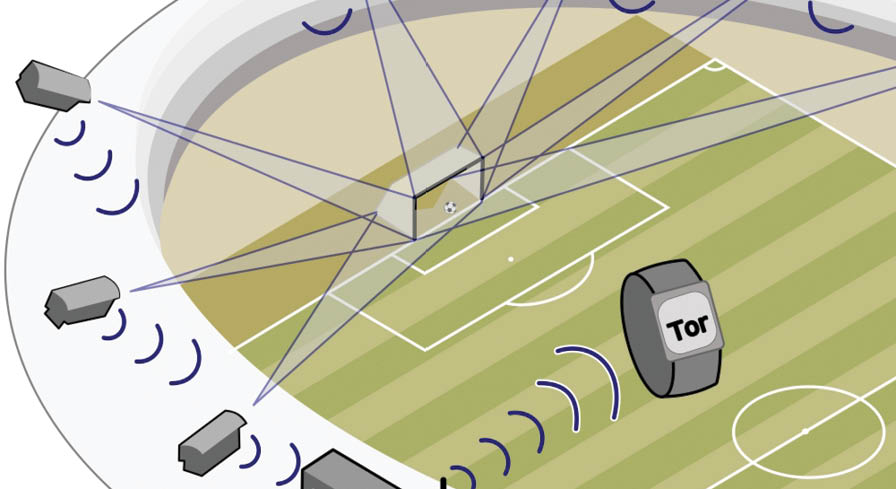
The computer uses the triangulation method to calculate the exact position of the ball. Triangles are a geometric method for calculating the position of an object. The process continues by measuring the length of one side of each triangle and then measuring the viewing angles and the length of the other two sides. It then calculates the ball in each frame by defining the pixels corresponding to the square of the ball with the help of software, as a result it creates a 3D image of the ball relative to the target line.
Camera technology through triangulation produces highly reliable results, although players’ bodies obstruct the view of some cameras. Since only three cameras are required to implement triple cameras, others can be captured without problems even if several cameras are blocked. If the ball has completely crossed the target line, a signal is immediately transmitted to the referee via a watch or a headset.
Magnetic Field Based
For the magnetic field system, the cables are placed underground and around the target. There are also electronic sensors inside the ball. The interaction between the receptors in the ball and the magnetic fields generated by underground cables allows the software to calculate the exact position of the ball and determine when a goal is scored. This technology was developed jointly by Cairos Technologies AG and Adidas. Specially designed by Adidas, the ball has a hanging precision sensor that can withstand strong impacts.

The sensor inside the moving ball disrupts the magnetic field around the target mouth. This signal is then transmitted to a computer which decides whether the ball crosses the line completely. A positive response appears immediately after the referee’s time as a goal warning.
Smart Ball
From the outside, it looks like a normal soccer ball. However, since 1970, the official ball for the World Cup, Adidas, decided to be smart this year. The official ball for the Russian World Cup, the Adidas Telstar 18, features an embedded Near Field Communication (NFC) chip. Currently, it is for consumer use only.
Adidas offers a user experience that works with both Android and iOS devices. Thanks to the smart ball, you can get clues about power, spin, orbit. The application teaches a player how to hit his foot, where and how to bend the ball. You can map the trajectory of your shot. Using two fingers on the screen of the smartphone, you can navigate on a 3D model to thoroughly explore what is happening.
These developments are only the beginning. Wearable smart clothes, equipment that generates instant data will be able to watch more reliable games. But the question is, too much technology, will this beautiful game let it stay beautiful? We’il all wait and see…
Geospatialworld